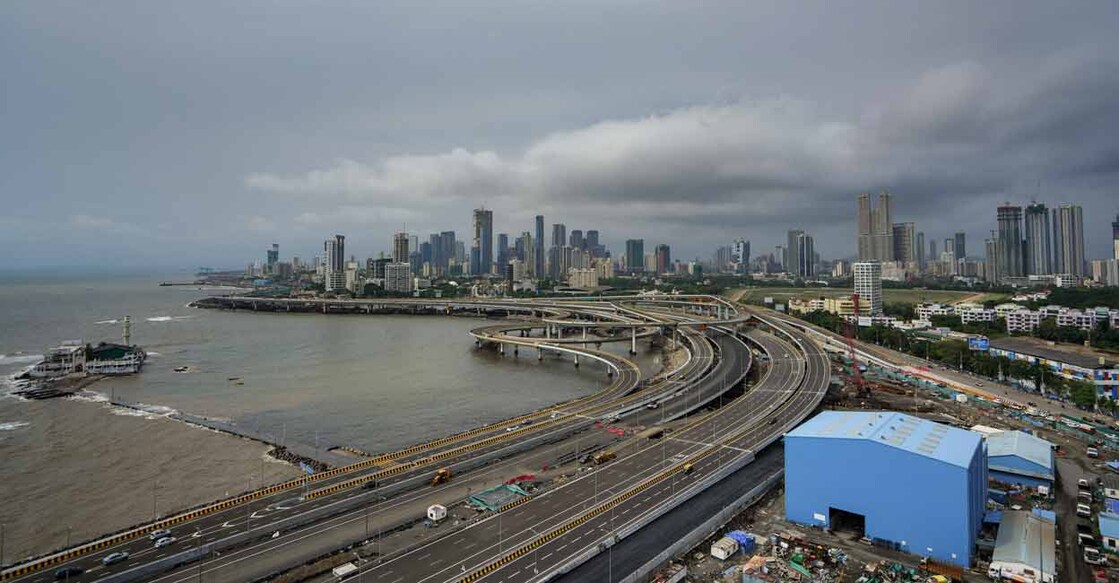How Singapore-based travel writers described South and West India in 1971

Mail This Article
When hearing members of older generations describe the India of their youth in the 1960s and 70s, one often gets the feeling that they’re talking about an entirely different country. The wide rail, road and air connectivity that we take for granted in 2024 almost looked like a pipe dream five decades ago. Far fewer people had the inclination or means to travel in India then than they do now.
At a time when the country was in the early stages of attaining self-sufficiency in milk and foodgrains, tourism, including from foreign countries, received low priority.
In 1971 when the clouds of war were forming over the subcontinent because of a genocide taking place in East Pakistan (now Bangladesh), foreigners were even more reluctant to visit India.

The New Nation, Singapore, still decided to send travel writers to India around the time of the Bangladesh Liberation War. They travelled to Bombay, Goa, Mysore, the Nilgiris, Madras and Kerala. Unfortunately, the article, published in March 1972, did not have a byline, so the identity of the author(s) of the article, writing in first person plural, remains a mystery.
The report called Bombay “one of the world’s greatest seaports, one of the world’s largest industrial centres in the East and India’s most cosmopolitan and thrusting city.” In 2024, long-term residents of Mumbai complain of its moving away from its cosmopolitan roots and becoming a city with an increasingly provincial mindset.
The article compared the city’s iconic Marine Drive, “with its elaborate, sugar pink stuccoed buildings” to “Edwardian seaside towns in old English postcards,” and added that the sea was bluer and had waving palms. The coconut trees are still around, but it’s hard not to lament the lack of blue waters surrounding this city now.
The report contained vivid descriptions of Goa just a decade after the eviction of the Portuguese: “With that magic Latin-Asian combination, which adds unique flavours to its food, its buildings and its lifestyle, Goa could soon be in the running as an international tourist resort.” This statement came with a rider that the former Portuguese colony was not well developed.
The article added, “Panjim, the capital is scruffy and dusty and blunts the first delight in paradise.”

Other complaints included the fact that there were no hotels there of internationally acceptable standards and that the cooking of Portuguese food was “a dying art” and not recognised as a “vital asset in tourist promotion.” An unnamed tourist official in the state told the paper that he felt people were not really interested in food!
“Goa’s day will come, however,” the paper said, while adding that tourists came from the rest of India to enjoy the cheaper alcohol.
“Meanwhile Catholic priests quietly tend the ancient, mellowed, sun-washed Portuguese churches, and lithe, dark-skinned fishermen still pull their nets to shore, unmoved by progress,” the report said
The New Nation’s travel writers seemed to feel like pioneers when visiting the tea estates of the Nilgiris. “Visiting a tea plantation is hardly an accredited tourist occupation,” they said. “But it is well worth doing. So is taking a step backwards into the British Raj, by entering the old Ooty Club, 7500 feet up in the Nilgiris is Ootacamund, the smartest hill station in the south, once aptly dubbed ‘snooty Ooty.’”
The writers briefly documented Madras and the temple towns of Tiruchi, Tanjore and Madurai. It was from the home of the Meenakshi temple that they travelled to Kerala. “Midway from Madurai and Cochin is the Periyar wildlife sanctuary, lying amidst the hills, lush green forests and coconut groves of Kerala,” the travel writers said. “And near Trivandrum is the magnificent Kovalum Beach, which has been earmarked for development as a south Indian tourist resort.”
The paper said the southern part of India had fewer foreign tourists than the north because of a lack of international flights. Madras, which was the main gateway to the country at that time, was once notorious for Customs Officers that would make life difficult for any person arriving there.

The reporters also laid out their bias (or rather ignorance) when writing that the South could claim to be the “more authentic India,” which was “almost free of the Muslim influence of the Mughal invaders who made parts of northern India look like Persia.” There was also a fair assessment that South Indian food was far less known outside India than Punjabi cuisine.
In 1970, a year before the Bangladesh War, India welcomed a total of 280,821 visitors, roughly half the figure for Singapore! The writers put this to a lack of tourist promotion and publicity, the war and the tourists’ fear of “poverty, discomfort or upheaval.”

At the end of the report, which occupied a full page in the paper’s Saturday Review, the travel writers proudly claimed to not get food poisoning throughout their journey.
“Of course, we saw poverty and dirt, but we also saw the streets being swept in most places,” they said. “Many hands were outstretched for rupees, but, equally, we enjoyed the warmth and some wonderful hospitality.”


